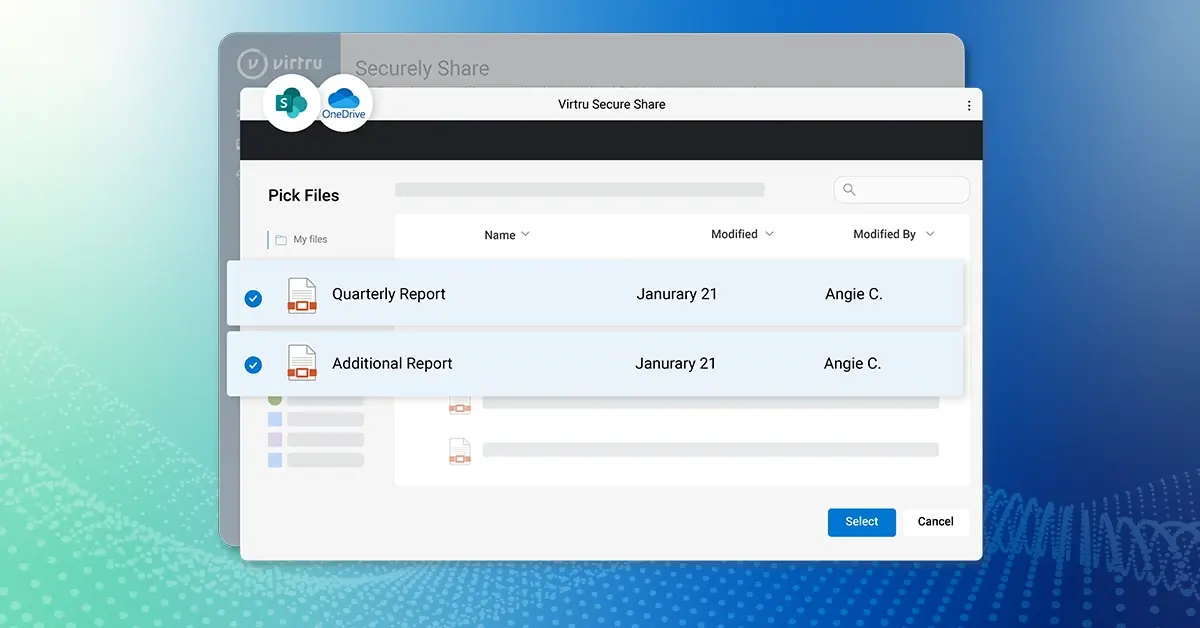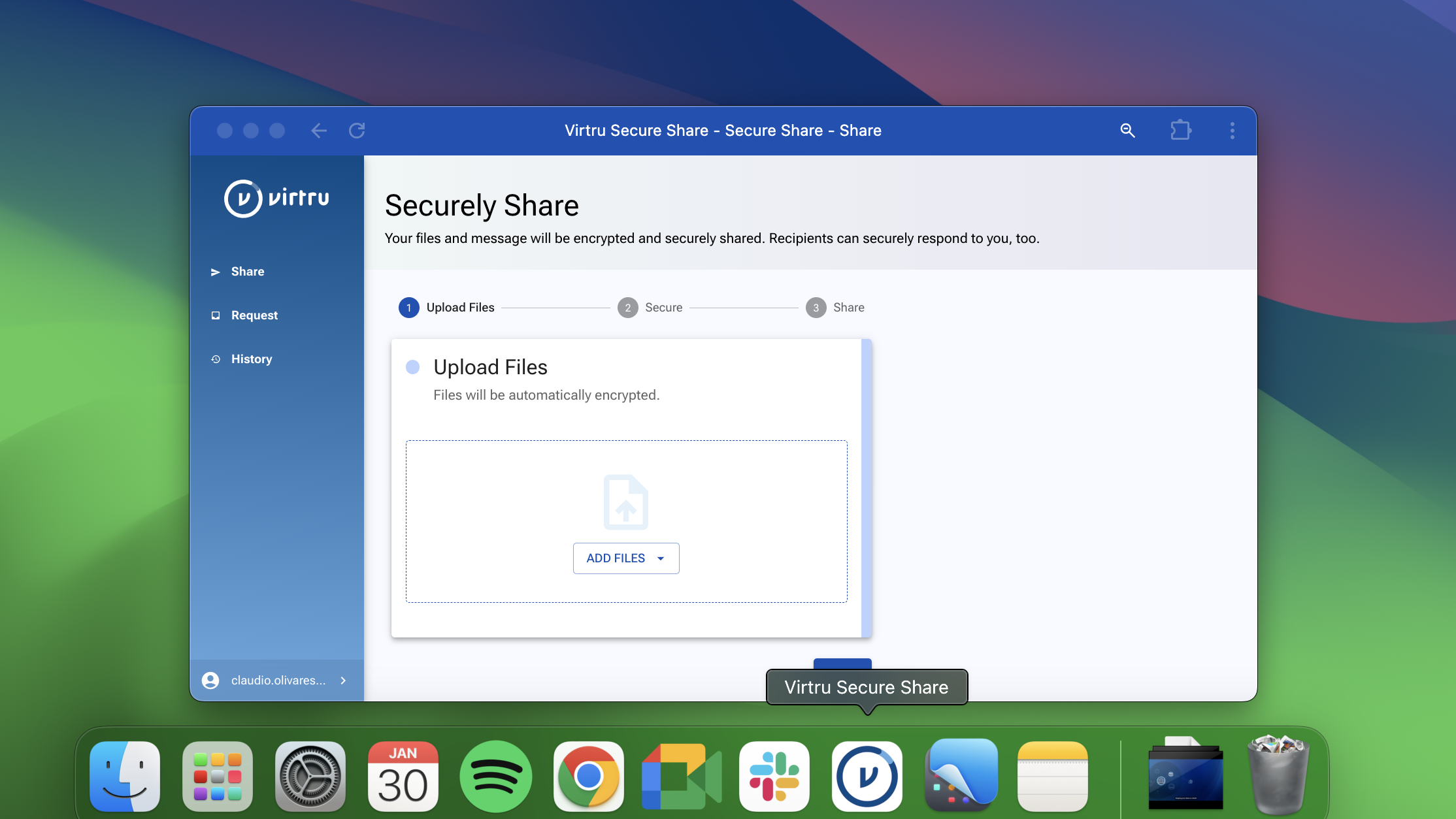TABLE OF CONTENTS
See Virtru In Action

Sign Up for the Virtru Newsletter

Imagine you’ve been having a problem with your health insurance. You don’t want to spend an hour on hold, so you decide to compose an email. However, just as you’re about to hit send, you start to worry.
Is it safe to send my medical info in an unencrypted email? — What happens if a hacker intercepts my email?
Unless you’re off the grid, weighing convenience against security is just a fact of life, but the wrong decision can subject you to theft, identity theft, or even physical danger. Knowing when and how to encrypt an email can help you prevent costly mistakes, without derailing your schedule.
You can’t anticipate every possible thing that can go wrong, but you can anticipate the major email security risks, and decide if they’re worth it by asking yourself a few basic questions.
Personally identifiable information (PII) includes anything that can identify you — for example, your name, address, Social Security, or bank account number. Data that identifies your life, hobbies, and routines could also fit in this category — for example, where you work, your spouse’s name, or your vacation travel dates.
This includes secure business data like client files, business negotiations, legal messages, proprietary information. It may also include personal matters that could be embarrassing or harmful if they get out.
Some information, such as account numbers and proprietary information can be easily exploited by thieves. Other information depends on context. For example, sharing travel plans publicly increases the risk of burglary, but if you’re already doing it on Facebook, an email probably won’t make a difference. Similarly, an activist might be more concerned about government email spying than someone who isn’t politically active.
This is where most people get stuck. A typical email encryption service requires both the sender and recipient to install software ahead of time. You may have to exchange encryption keys, sign up for a new account, or navigate complex configuration settings. There’s no way you’re going to be able to convince your insurance company to put in the work just for your one email.
You need a secure email service that is as low effort as possible for the recipient — and ideally, for you as well. If your recipient can open the email with a few clicks, they’ll do it. If they have to install software or setup an account first, they probably won’t.
Virtru makes encryption easy for both the sender and the recipient. The sender can encrypt emails from their existing email account with one click, and receive encrypted messages with no extra steps.
Recipients without Virtru receive a link to open the email in the Virtru Secure Reader, where they can read it, download attachments, and even reply with their own message and encrypted attachments — no installations, configurations, or sign-ins required. That means you don’t have to choose between convenience and security anymore. See how easy it is here:

The editorial team consists of Virtru brand experts, content editors, and vetted field authorities. We ensure quality, accuracy, and integrity through robust editorial oversight, review, and optimization of content from trusted sources, including use of generative AI tools.
View more posts by Editorial TeamSee Virtru In Action
Sign Up for the Virtru Newsletter











Contact us to learn more about our partnership opportunities.